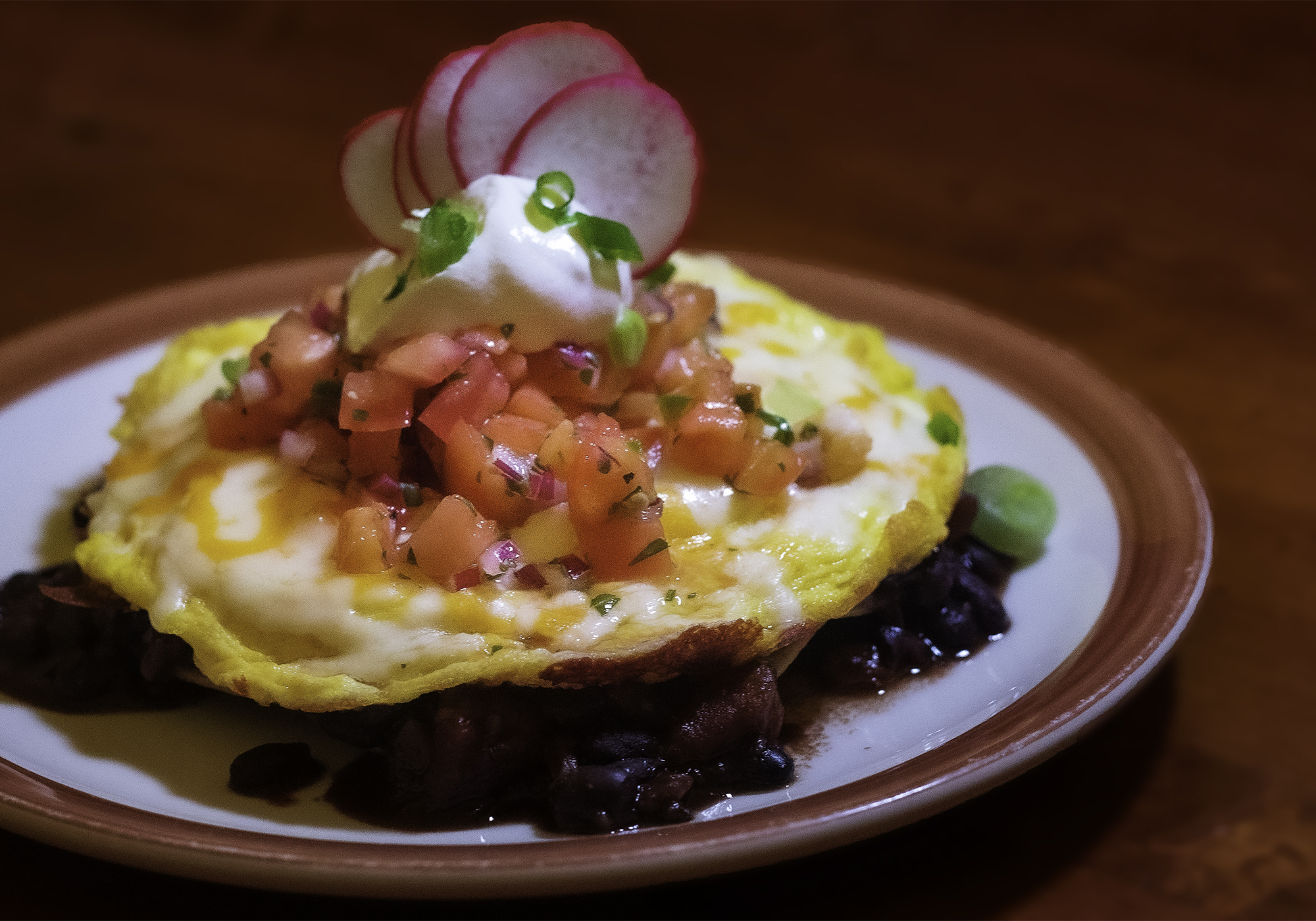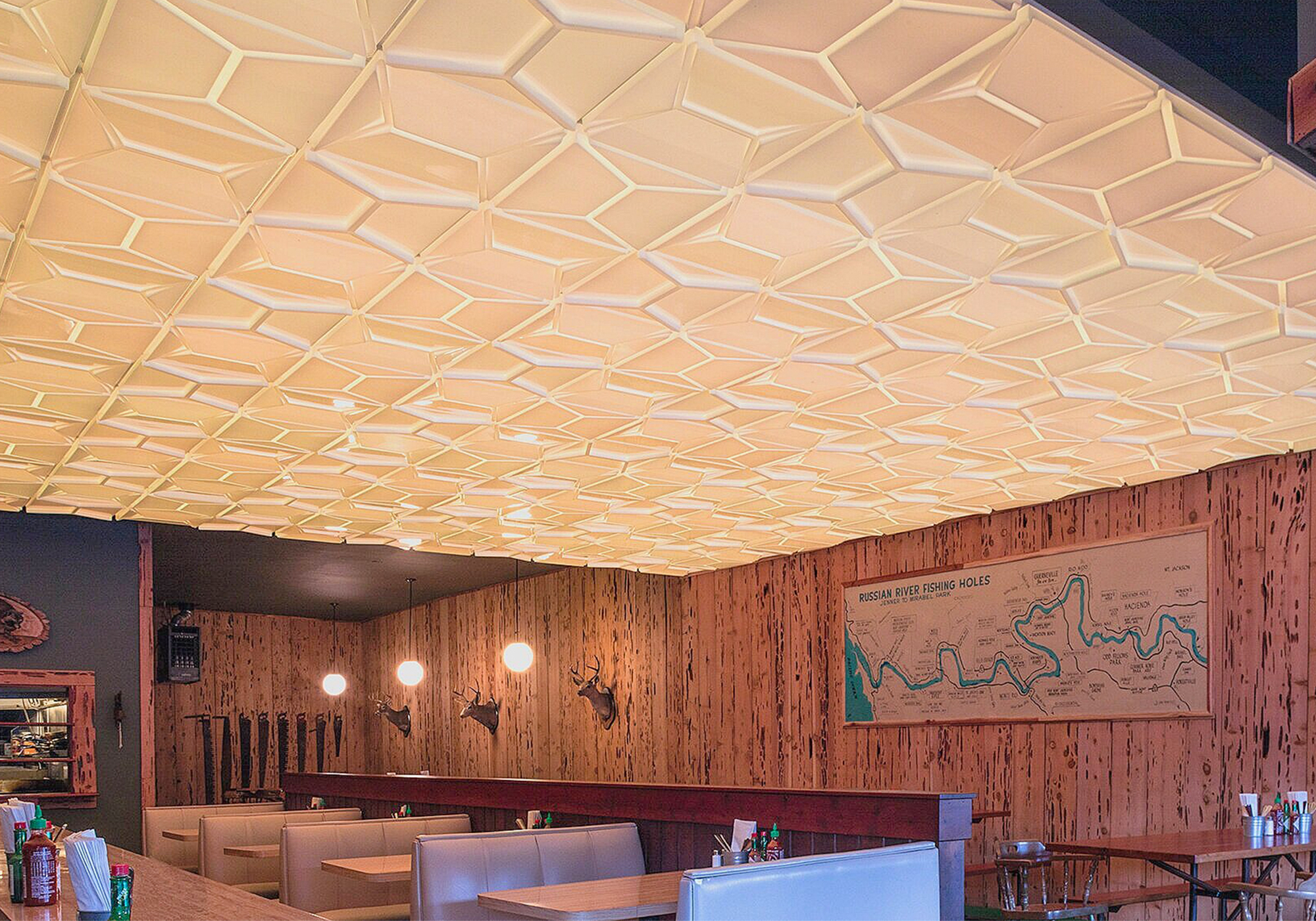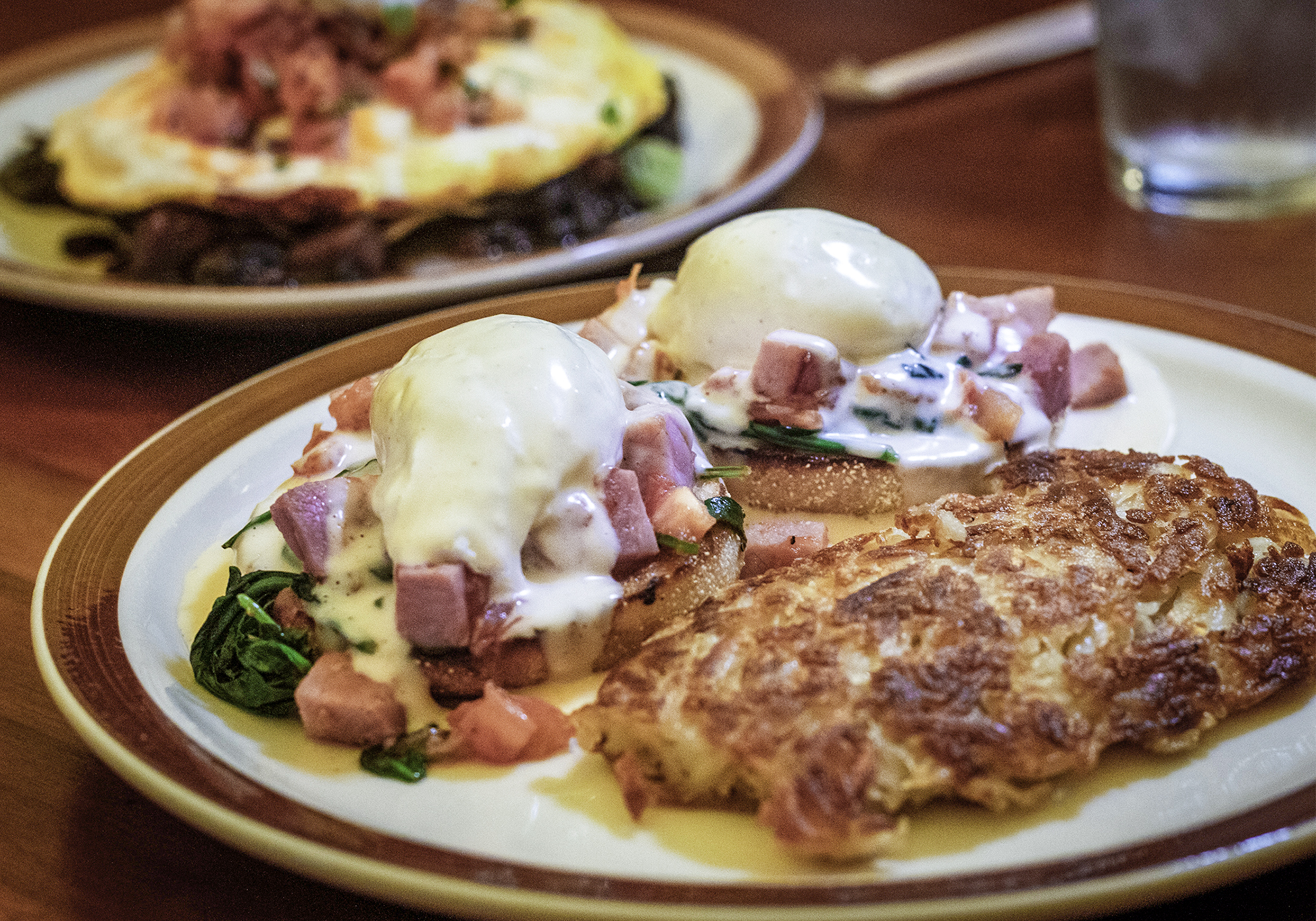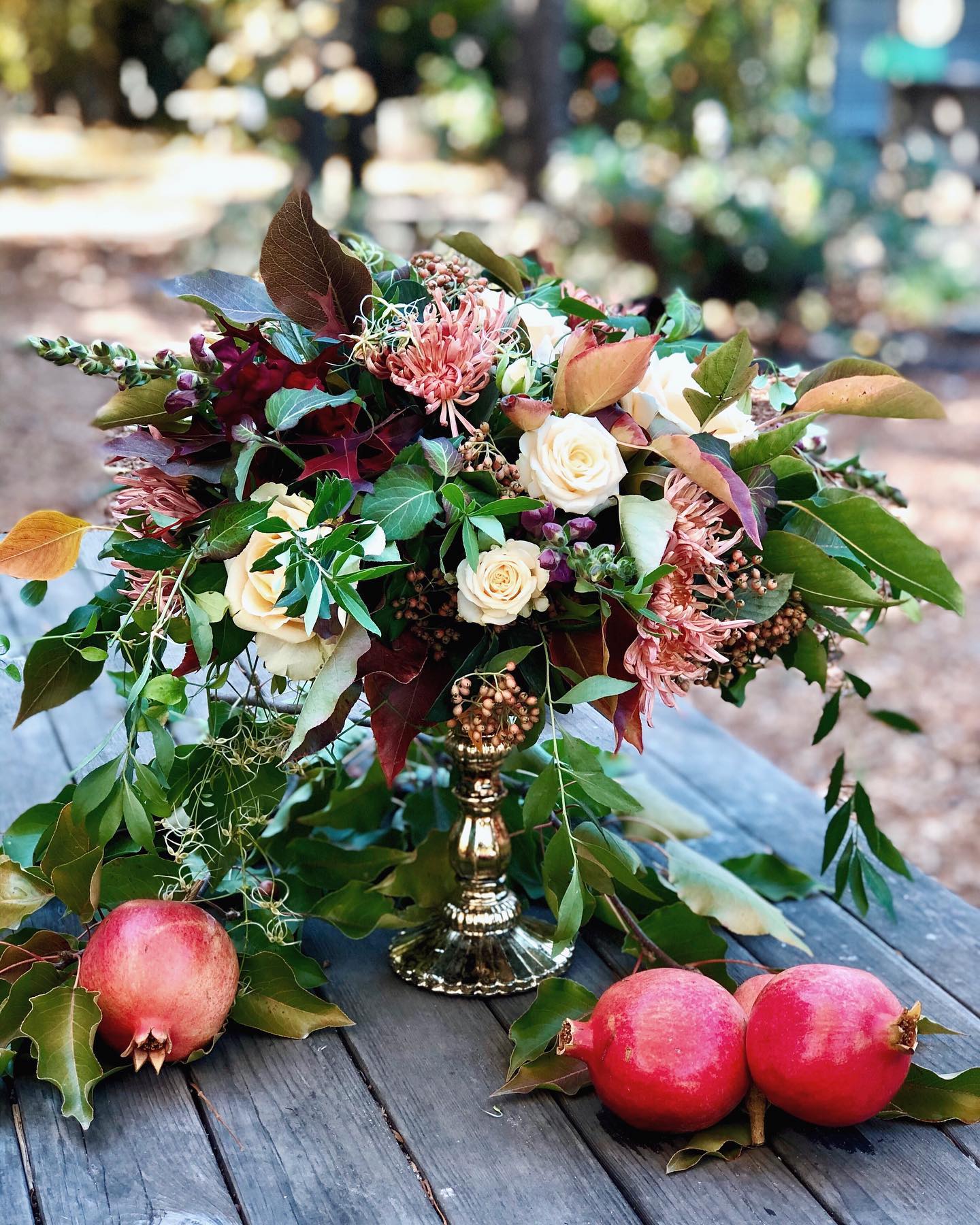Cabernet Sauvignon is king in Napa Valley. 51 percent of the area’s 46,000 acres of wine grapes are devoted to the varietal. Chardonnay grapes, which come in on number two, occupy just over 6000 acres, and while more than 30 other wine grape varieties are grown here, none of them come with the kind of bragging rights that the coveted “cab” does.
But as secure as the reign of Cabernet Sauvignon may seem, some think we shouldn’t take it for granted.
“I think you’d be foolish to believe Napa Valley is going to look exactly like this 30 years from now. I don’t think Sonoma is going to look like Sonoma 30 years from now,” says Dan Petroski, winemaker at Larkmead Vineyards in Calistoga.
Petroski, along with other Napa Valley winemakers, thinks climate change — rising temperatures, droughts, extreme weather — might dramatically alter the local winegrowing landscape. To prepare for such a scenario, he is now looking at grapes from warmer regions around the world and thinking about how they might be implemented in Napa Valley 20 to 30 years from now.
To get a better idea, he’s about to start experimenting with some of these warmer-climate grapes in Larkmead’s vineyards. The Calistoga winery is currently dedicating three acres out of their 110-acre estate to a “viticultural research block.” The experimental vineyard will initially be planted with seven red grape varieties and one white.
“My number one objective for these seven red grape varieties is that they have the ability to blend well with Cabernet, as a supporting actor until Cabernet can’t be used anymore,” says Petroski. “We’re trying to get a head start on this whole process. I don’t want 2040 to roll around and we’re sitting on our heels going ‘alright, what are we going to plant now, when it’s too hot for Cabernet?’”
The three-acre plot will be planted in the late spring or early summer of 2020 with Chenin Blanc, Petite Sirah and Zinfandel, alongside varieties such as Aglianico, Tempranillo, Touriga Nacional, Charbono and Syrah.
But planting, growing, harvesting, aging, bottling, and finally seeing what customers think of the wines will take time.
Expected to last 21 years, the project will be divided into three phases — the upcoming planting is part of the first phase. Every seven years, Petroski hopes to find one or two grape varieties that will do well at the winery.
Founded in 1895, Larkmead will celebrate its 125th anniversary in 2020. This isn’t the first time the winery has been involved in viticultural research. In the 1940s, a Cabernet Sauvignon clone commonly known as the “Oakville selection” was developed here by UC Davis viticulturist Dr. Harold Olmo.
A newly installed walkway leads the way to the winery’s research block. It’s a path Petroski hopes will encourage conversations with visitors about the future.
“It’s hard to tell people Cabernet is going to die. It’s hard to say it’s over because it’s still our lifeblood. It’s the beating heart of what we do and we do it really well,” says Petroski. “Some of the best wines in the world are made here in the Napa Valley, so it’s hard to have that conversation. But I think the other side of that conversation is that we’re forward-thinking. We are evaluating, we’re looking to the future.”
















